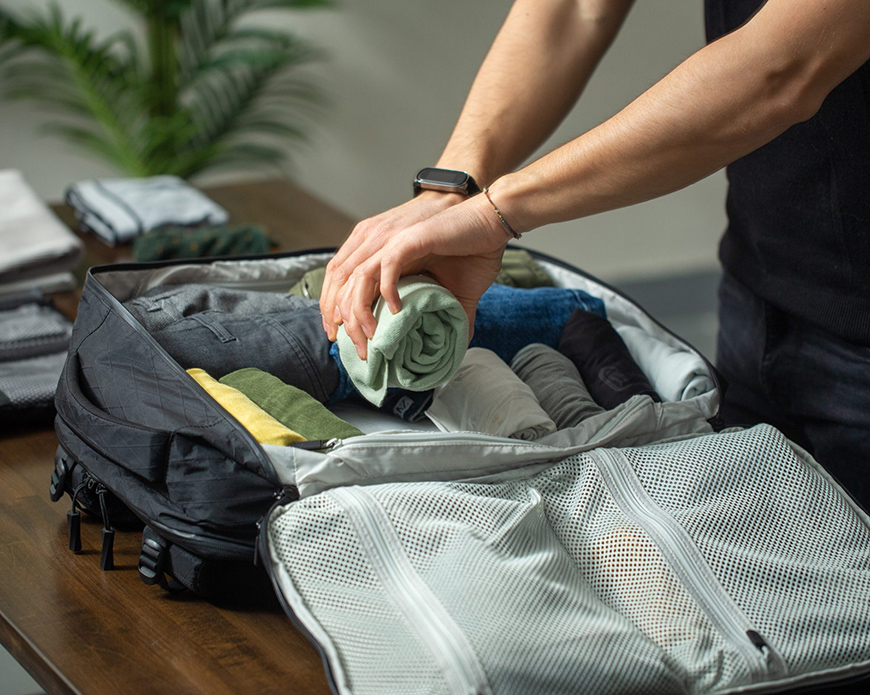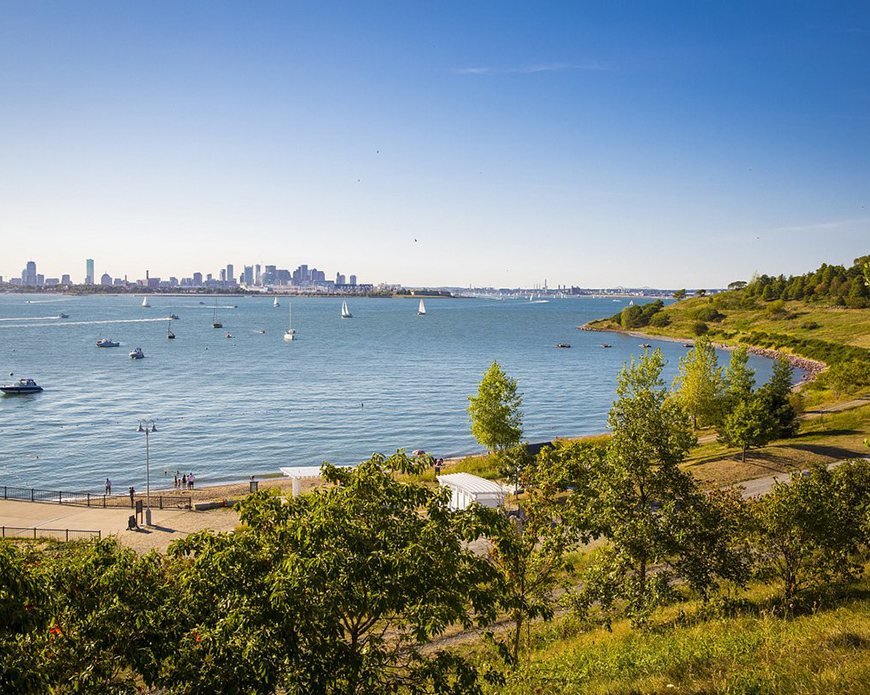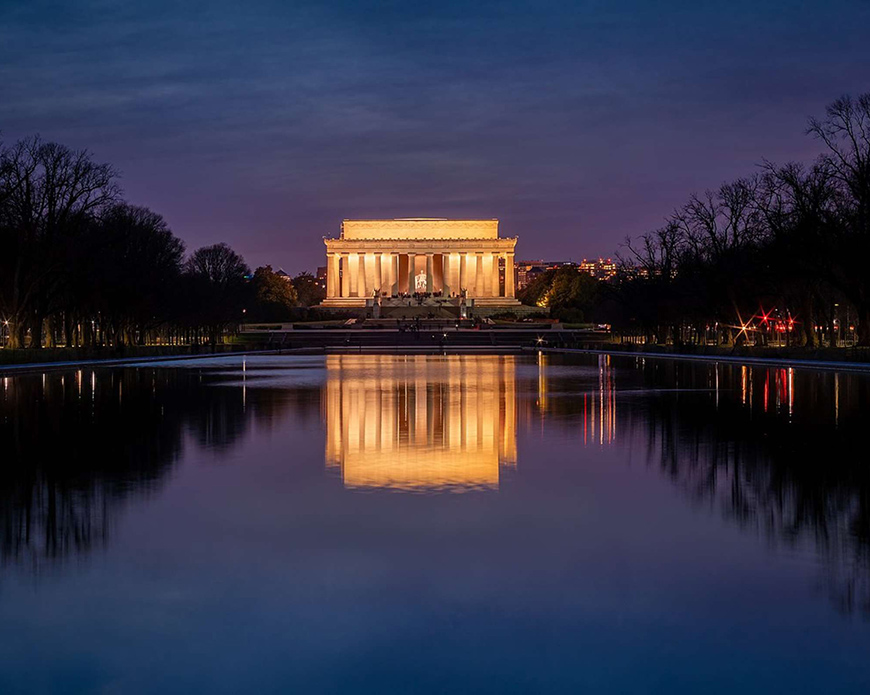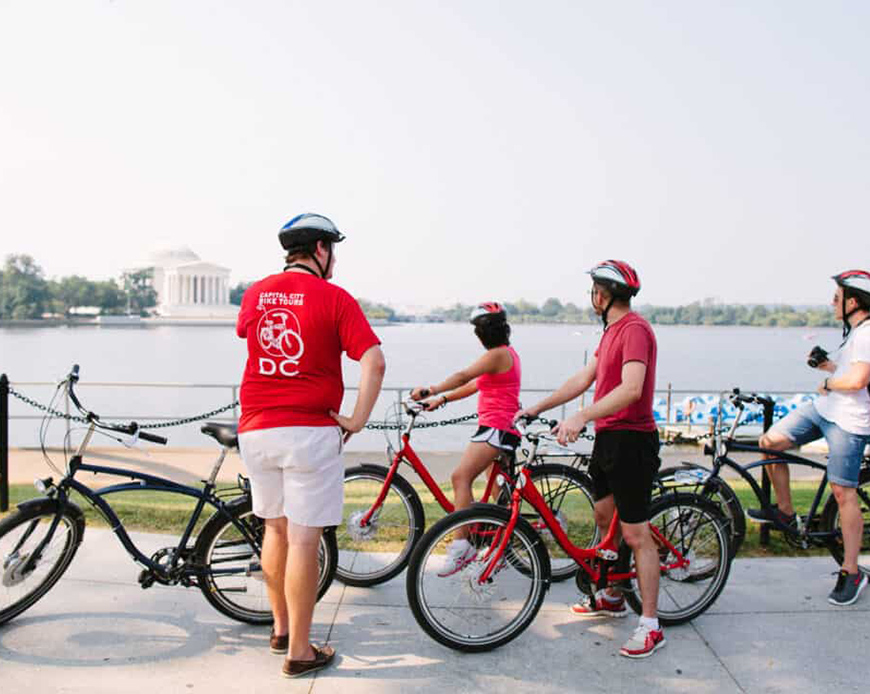Here are 10 things I truly wish I’d known before I first landed in Philadelphia. Consider this your insider’s checklist—from what to pack and how to navigate SEPTA to sim cards, street food tips, sample itinerary, insurance suggestions, and budgeting—all written in my voice, peppered with firsthand insights.
1. Pack Smart: What to Bring for Philadelphia Weather & Culture
Philadelphia’s summers can be humid, winters cold and windy. I learned early to pack layered clothing: a waterproof jacket, comfortable walking shoes (cobbled streets!), and seasonally appropriate layers. In winter, a warm hat and gloves; in spring/fall, I carried an umbrella and mid-weight sweater.
Philadelphians dress business-casually—during museum visits or dinner in Rittenhouse Square, smart denim or chinos with a stylish top go a long way. I also brought a reusable tote and a small lockable crossbody bag—it made navigating Reading Terminal Market or crowded areas easier and kept my belongings secure.
2. Understanding Philly’s Culture & Budget Mindset
Philadelphia is filled with proud local character: the Mummer parade, murals on every block, and genuine friendliness. Tipping is expected in cafés and restaurants (18–20%). Most places accept cards but have some cash on hand for small vendors or street food.
In terms of budget: meals range from $5‑7 for soft pretzels or a slice of tomato pie, to $25+ for restaurant entrees. Groceries or quick meals from Italian Market conveniences drop costs. I budgeted around $100/day, which covered sightseeing, trolleys, meals, and occasional extras.
3. Navigating SEPTA & How to Get a SEPTA Key Card
SEPTA is Philadelphia’s public transport system—covering subway, buses, trolleys, and Regional Rail. A single ride costs $2 using the SEPTA Key card or contactless tap, compared to $2.50 with cash or QuickTrip tickets.
You can buy a SEPTA Key card at station kiosks or retailers for $4.95, and if registered online, that fee is refunded as credit on the card. That same card stores passes—like the One Day Anywhere FleX Pass ($13 for up to 10 rides) or Neighborhood FleX ($10).
In contrast, a QuickTrip paper ticket costs $2.50 and is only valid for one ride, no transfers, and no reload. My advice: avoid paper tickets unless you only need one ride. Invest in a Key card, register it, then add travel wallet credit or day pass—it’s seamless for multiple trips.
4. Street Food Safety & Must‑Try Eats
Philadelphia’s street food scene includes soft pretzels, hoagies, tomato pies, water ice, and Empanadas at First District Coffee Bar or taco stands at Italian Market. I learned to look for vendors that keep food covered, use gloves, and offer hand sanitizer. Avoid unattended carts or the ones without visible clean prep practices.
I made sure to eat fresh soft pretzels near Reading Terminal Market, washed my hands before enjoying water ice, and preferred packaged bottled drinks. Sampling some local cheesesteak at Angelo’s Pizzeria was memorable (cash only!), but I confirmed they slice the meat fresh, grill it before sandwiches, and wrap carefully—safe and delicious.
5. Local SIM Cards & Staying Connected
I highly recommend getting a prepaid SIM card if your phone is unlocked. I purchased one from a T-Mobile store in Center City, paying around $30 for a month-long plan with data, calls, and texts. Activation took less than five minutes after showing my passport.
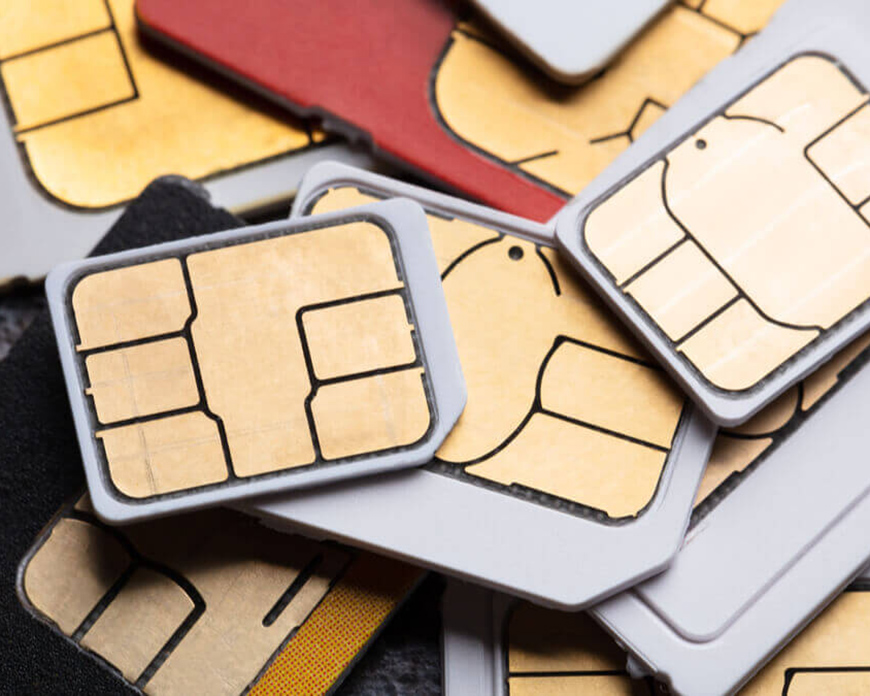
Alternatively, an eSIM from SimOptions can be pre-loaded before arrival—useful if you’d rather not queue at a physical store. Either approach avoided high roaming fees and gave reliable data for maps, booking, and rideshare apps.
6. Insurance You Can Count On
I always travel with World Nomads Explorer Plan, which covers flight cancellations, medical emergencies in the U.S., and lost baggage. For Philadelphia I also added WeatherShield Add-on for refund protection if storms delay travel. Costs were around $85 for five days.
It offered peace of mind—one morning our SEPTA train was delayed due to signal issues; the policy covered a rideshare fare to the museum. Claims were filed via a user-friendly app with prompt email approval.
7. Five‑Day Mini Itinerary to Experience It All
Day 1 – Historic Core & Old City
Walk Independence Hall, Liberty Bell, and take the Supreme Court free tour. Grab lunch at Carolina Coffee Shop (cheesesteak) and spend afternoon at The Dream Garden and Elfreth’s Alley.
Day 2 – Museum District & Schuylkill River Trail
Morning at the Philadelphia Museum of Art (run the “Rocky steps”), afternoon walking along the Schuylkill River Trail, evening dinner in Rittenhouse Square.
Day 3 – Eastern State Penitentiary & Italian Market
Tour the penitentiary audio-guided (entrance ~$21), then wander the 9th Street Italian Market sampling soft pretzel, water ice, tacos—take midday trolley line for return.
Day 4 – Murals & Neighborhoods by Bike
Rent an Indego bike (around $15 for 24h) and ride mural routes in South Philadelphia, stop at Magic Gardens, and explore vibrant South Street.
Day 5 – Day trip to Valley Forge or Princeton
Board SEPTA Regional Rail from 30th Street station (using Key card) to Valley Forge (fare ~$5). Explore the park, return for a final evening dinner in Old City.
8. Budget Adjustments & Saving Tips
- Use the One Day FleX Pass ($13) on days of heavy transit. Most days I loaded $10‑15 on travel wallet.
- Eat breakfast at local cafés (
$7‑10) and lunch at markets ($5‑8). - Visit Eastern State on discounted hours or free days.
- Walk when possible—Center City is compact.
- Book hotels in Center City or Old City early—hostels sometimes available for ~$80/night, standard hotels ~$150‑200/night.
9. Transit Comparison: Subway vs. Bus vs. Regional Rail
- Subway (Market‑Frankford & Broad Street Lines): Fast across Center City, seamless with Key card.
- Trolleys: Cover areas like South Philly, Newark, and Girard Avenue—scenic but slower.
- Regional Rail: Best for suburbs, airports, or day trips (Valley Forge). Local fare zones determined by distance.
I found the subway excellent for day-to-day use. For crossing the city east–west, the bus (like Route 42) filled gaps. Regional Rail was helpful for day trips and airport (though airport line fare slightly higher). Always tap once on boarding; for Regional Rail you tap to enter and exit station to calculate fare properly.
10. Final Personal Reflections – What Philadelphia Taught Me
Philadelphia was never meant to be just another checkmark on my U.S. city list. It became a place that genuinely challenged and charmed me. I arrived with a bullet-pointed plan—historic sites, museums, a few cafés. But I left with far more: memories that I hadn’t anticipated, lessons that only a city as layered and local as Philly can teach.
What I didn’t expect was how walkable and deeply personal the city felt. I’ve traveled to over 60 cities, but few have a pulse like Philly’s—raw, authentic, and fiercely proud. People don’t put on airs here. They tell you what’s what. They talk sports like they breathe it. They will help you if you’re lost in the subway but also roast you if you’re standing on the left side of an escalator.
I also learned not to rush. I had initially planned to hit 10 landmarks in a day—but my best afternoon was sitting at Clark Park with a La Colombe coffee, just people-watching. I saw toddlers in Halloween costumes mid-June (apparently a daycare dress-up day), students dancing under boombox trees, and older couples sharing a pretzel and newspaper in silence. That’s when it hit me: you don’t see Philadelphia unless you slow down for it.
❖ What I Wish I Did Differently
I wish I had built in more rest time. I underestimated how full each day would be with walking, talking, learning, and (frankly) eating. Even with all my planning experience, I was tempted to over-schedule.
I also would’ve looked for more neighborhood-specific walking tours. While I joined one in Old City, I missed out on hidden gems in Northern Liberties and Fishtown until my final day, when I met a local artist in a mural alley who showed me a secret garden behind a corner bar. No tour guide. No ticket. Just life happening.
And finally—I regret not bringing an extra day for a full day in Lancaster or the Brandywine Valley. They’re not far from Philly and offer countryside beauty that contrasts the urban buzz so well.
❖ Small Local Joys That Made the Biggest Impact
- The free “symphony” from a sax player under the Walnut Street bridge that turned into an impromptu dance gathering.
- The way the Reading Terminal Market smells at 9 a.m.—cinnamon, bacon, roast coffee, and something deep-fried.
- That SEPTA conductor who waved me through when I accidentally tapped out early and looked at me like, “You good? Get on.”
- The woman at the Philadelphia Museum of Art gift shop who shared how her great-grandmother once posed for a muralist downtown.
- Watching the sun hit Boathouse Row at dusk, everything golden, every building reflected in the Schuylkill River like a watercolor dream.
❖ If You’re Still Debating Whether to Go…
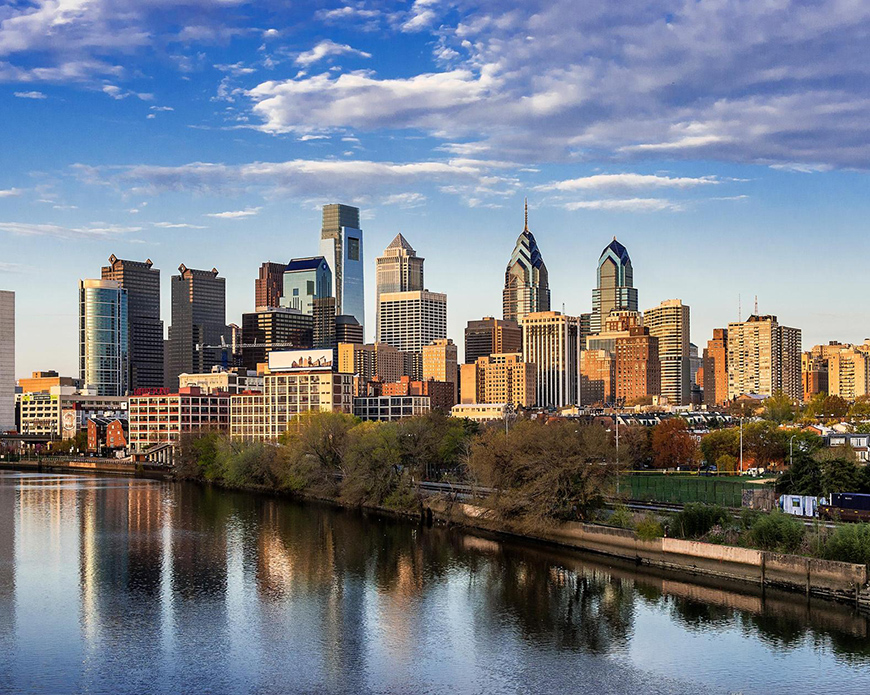
Let me be honest: Philadelphia is not perfect. It’s gritty in places, transit isn’t always on time, and yes—some streets will test your ankles with their old cobblestone layouts. But if you’re a traveler who loves cities with soul over sparkle, with stories etched into their walls, and food that’s unapologetically indulgent, then this city is your next favorite place.
More than anything, Philly taught me how to travel not just efficiently, but openly. To let go of a schedule when the moment asks for it. To talk to strangers at park benches. To allow a city’s imperfections to be part of its charm. And in return, Philadelphia gave me real, textured memories—ones that I wouldn’t trade for anything.
So pack light, keep your senses open, grab that SEPTA Key card, and trust your instincts when a side street or random smell of roast pork calls you off-route. That’s where the real Philadelphia lives. And it’s waiting for you.
